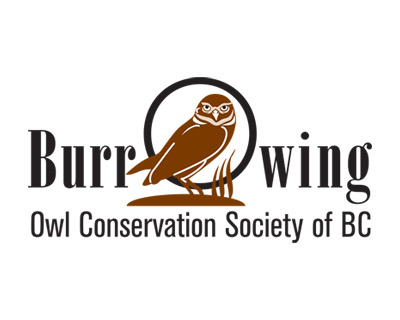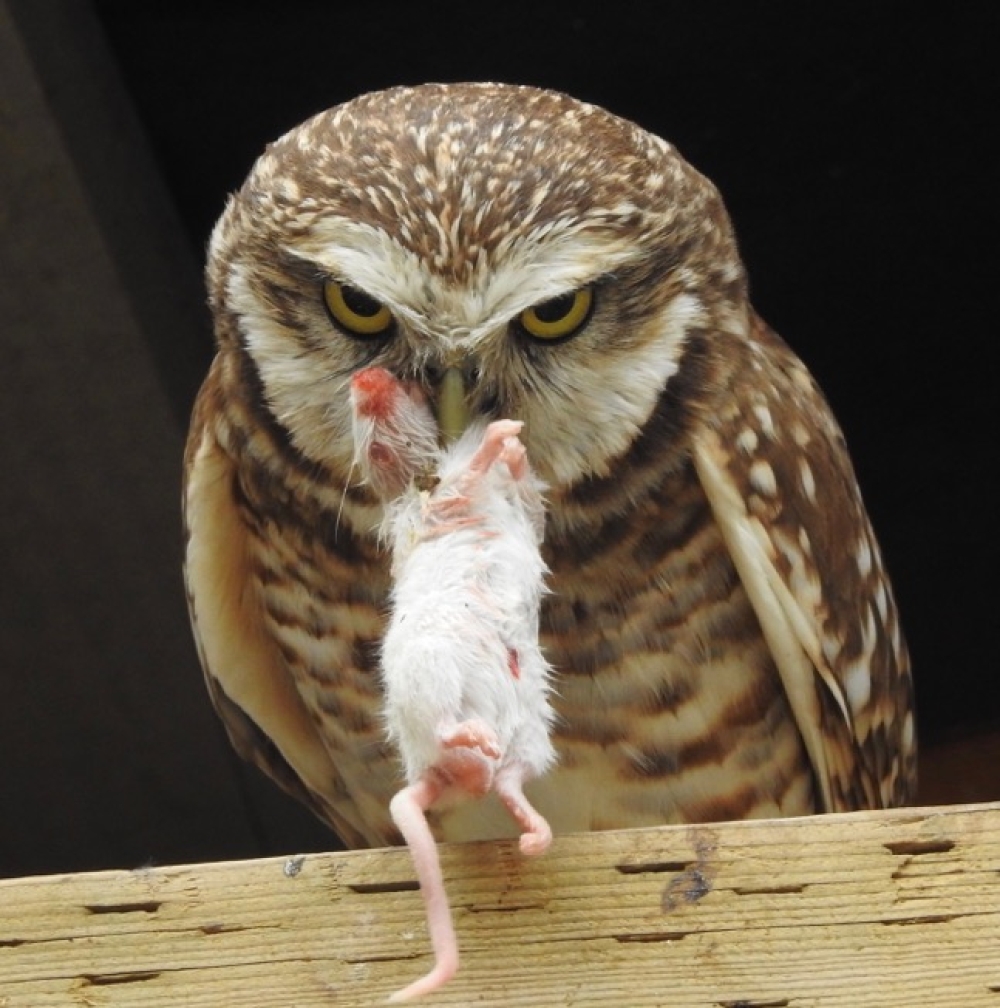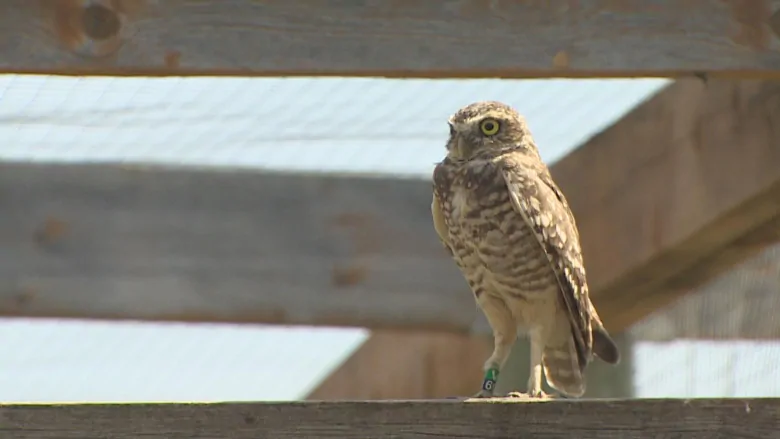Price hikes for food are hitting everyone’s wallets, including the Burrowing Owl Conservation Society of BC, which is trying to help the tiny endangered species flourish.
Executive Director Lauren Meads said the society started in the 1980s, which is when burrowing owls were deemed extirpated in the province.
“They're also found in Alberta, Saskatchewan and Manitoba. But all of these populations are declining,” she added.
The society has three facilities across BC, including one in Oliver, one with the BC Wildlife Park in Kamloops and one on the west coast in Langley.
“Between the three of them, we breed about 80 to 100 owls a year. We release them into artificial burrows,” Meads said. “Hopefully, they produce young, and those parents and those young will actually migrate south in the winter. So they head down to California, Mexico.”
One of the issues the society is having now is the cost of food.
“Owls are meat eaters, so they love rodents and insects. Rodents make up about 90 per cent of the biomass that they need to take in. So we primarily feed mice, we used to feed day-old chicks, which are the offshoot of the poultry industry. So it's the males that have been culled.
“Unfortunately, recently, due to issues with the bird flu, our sources for those chicks have diminished.”
Since the price for chicks shot up, the society is forced to feed the owls only mice for the time being, which has also seen a price hike.
“Our mice have gone up in price to about $1.30 to $1.40 each. And each owl requires at least two prey items a day. So about $2.60 per owl, each of our facilities can house between 20 to 40 to 50 owls. So times by that, it is quite a lot of money,” Meads said.
“And then we also need to supplement feed the owls that we release out into the field into the artificial burrows.”
Meads said their costs per year for feeding owls used to be about $20 to $30,000.
“We're expecting that to jump almost 100 per cent in the next coming year. So we're sort of at a crossroads of can we afford to produce as many owls as we've been able to and if you can't put as many out into the wild, you have fewer chances of them migrating and coming back.”
The society feels the owls are a very emblematic species of the grasslands.
“Grasslands all over the world haven't necessarily been a focal ecosystem that people have [said] ‘We need to protect it.’ They usually see grasslands as, ‘Oh, we can build here or we can have agriculture,’” Meads added.
“But here in the Okanagan, we have a very small amount of grasslands that's very precious and to use the burrowing owl as sort of a spokesperson for the preservation of the grasslands. If the grasslands are doing well, burrowing owls do well.”
While the society does receive a small amount of provincial funding through the BC gaming grant, as well as all tasting fees donated from the Burrowing Owl Estate Winery, they still rely on private donations to help keep their work going.
“If people are able to even donate five bucks a month, that will help pay for a couple of owls, for their food for a few days. So even just small amounts will help a lot.”
At this time, breeding their own mice or chicks for food for the owls isn't an option, as the cost to build the proper facility and employ it would be even greater.
“We're in a really exciting time. Right now, we don't have any data yet, but we are embarking on national and international work with the United States on tracking some of these owls,” Meads added.
“We've got more partners, and so it'd be a shame for us to really kind of dwindle on how many we're releasing.”
September 8 2023
See the full story on Castanet
https://www.castanet.net/edition/news-story-445554-87-.htm#445554
Casey Richardson Castanet


